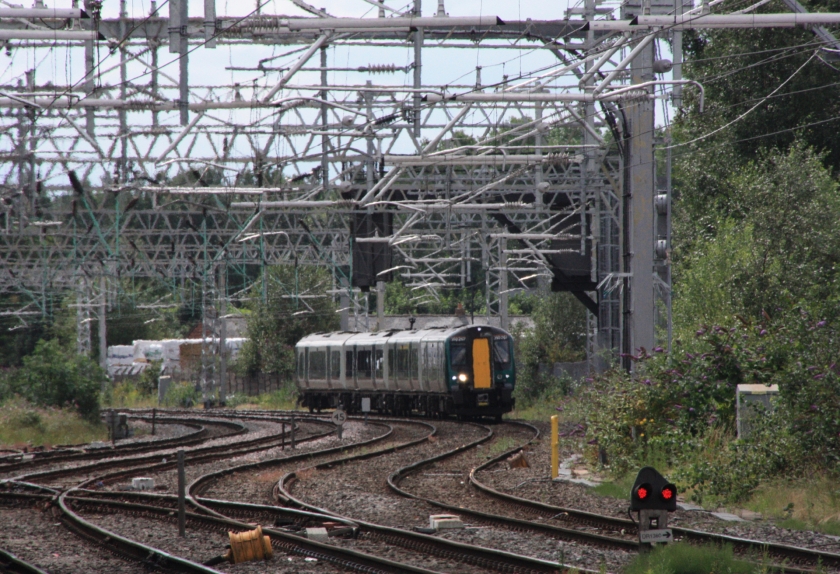 When it comes to provincial railway revivals in England, there cannot be anything to match the scale of transformation that has taken place on the 15½-mile long Chase Line in Staffordshire over the 30 years, since an initial ten-mile section from Walsall to Hednesford was re-opened in 1989.
When it comes to provincial railway revivals in England, there cannot be anything to match the scale of transformation that has taken place on the 15½-mile long Chase Line in Staffordshire over the 30 years, since an initial ten-mile section from Walsall to Hednesford was re-opened in 1989.
Chase Line services quickly proved popular and were later extended to Rugeley Town (June 1997) and Rugeley Trent Valley (May 1998), initially continuing on the West Coast Main Line to Stafford, but cut back to Trent Valley in December 2008 to free up capacity on the WCML.
 While it is only half the length of the Robin Hood Line in Nottinghamshire, and the Borders Railway in Scotland, it is the scale of change and progressive enhancement of services along this route that makes it stand out as a text book example of a railway successfully re-born.
While it is only half the length of the Robin Hood Line in Nottinghamshire, and the Borders Railway in Scotland, it is the scale of change and progressive enhancement of services along this route that makes it stand out as a text book example of a railway successfully re-born.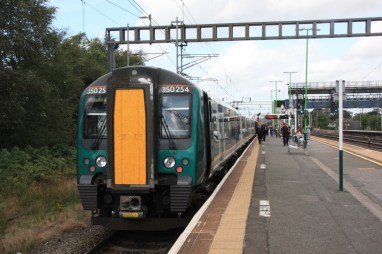
The route north from Walsall to Rugeley Trent Valley fell victim to Dr Beeching in 1965, but has recently seen its service frequency doubled to half-hourly, line-speed raised from 45 mph to 60 mph and, since the launch of electric services three months ago (May 2019), has an hourly connection to the capital.
Services on the Chase Line are curiously unbalanced, with two weekday services an hour from London Euston, making the journey to Rugeley Trent Valley via Birmingham New Street in around three hours, but only one hourly direct up service, with the other only running to Birmingham International.
 These Class 350-worked services have cut the Rugeley Trent Valley to Birmingham New Street journey time from 65 minutes to around 52 minutes. From Hednesford, the initial 1989 timetable, involving a change at Walsall, meant a journey time to New Street of around 55 minutes, but that has now been cut to 42 minutes.
These Class 350-worked services have cut the Rugeley Trent Valley to Birmingham New Street journey time from 65 minutes to around 52 minutes. From Hednesford, the initial 1989 timetable, involving a change at Walsall, meant a journey time to New Street of around 55 minutes, but that has now been cut to 42 minutes.
Looking at my summer 1989 British Rail timetable, Table 70 shows the initial Chase Line service comprised an hourly Hednesford-Walsall shuttle service, from 06.35 until 19.35 Monday to Saturday (no Sunday service), connecting at Walsall with what was then a half-hourly stopping service to Birmingham New Street. 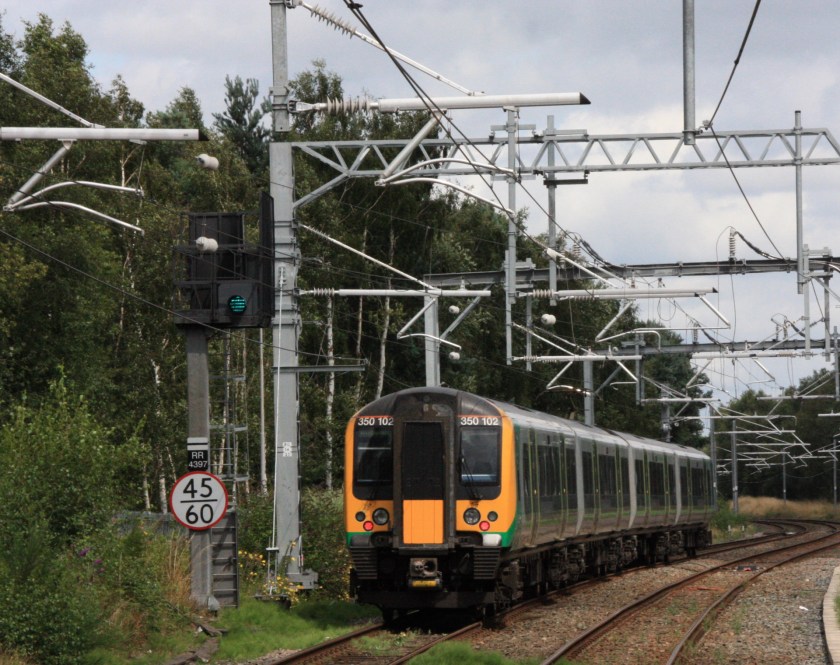
 Taking a trip on one of the comfortable four-car units gives a sense of just how much this route has been improved and upgraded during the tortuous re-signalling and electrification project, first authorised in July 2012 but only completed six years later, in December 2018.
Taking a trip on one of the comfortable four-car units gives a sense of just how much this route has been improved and upgraded during the tortuous re-signalling and electrification project, first authorised in July 2012 but only completed six years later, in December 2018.
Apart from Walsall the stations are all un-manned and fairly basic structures but seem well-maintained and the colourful flower baskets at Hednesford show that there is some real local care being taken.
 Canny travellers will notice that the Class 350 units all have a comfortable first class section and that, as there are no first class fares on the Chase Line, is effectively de-classified and open to all ticket holders.
Canny travellers will notice that the Class 350 units all have a comfortable first class section and that, as there are no first class fares on the Chase Line, is effectively de-classified and open to all ticket holders.
The Chase Line owes its survival to having served numerous industrial locations, including mines of the long forgotten South Staffordshire coalfield and at its northern end, the coal-fired Rugeley B power station, which closed in June 2016, but whose plant and four huge cooling towers still dominate the skyline.
Freight may yet return to a double-track route on which there seems plenty of capacity for additional services. A look at Realtime Trains shows numerous paths each day to a location called Cannock Freightliner Terminal, north of Landywood station, but at the moment they remain phantom paths and no services have yet operated.
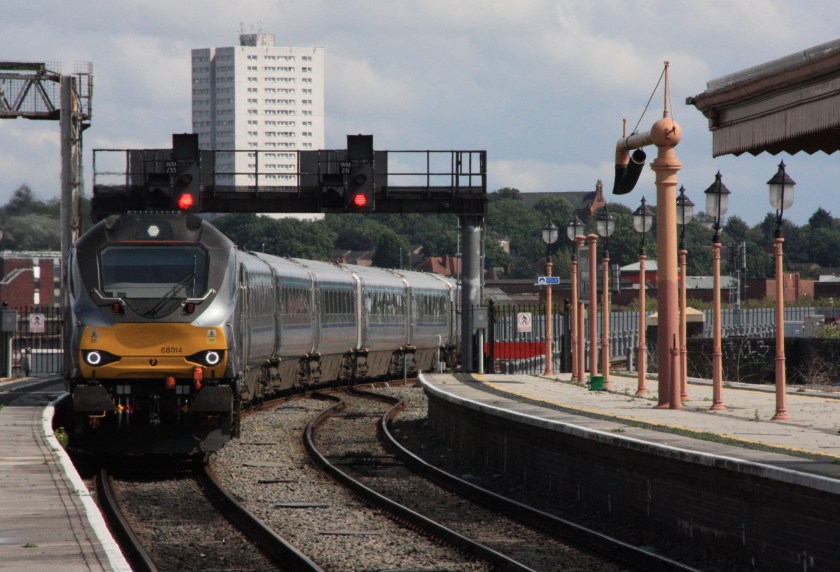 No trip to the West Midlands for me would be complete without a bargain-priced chance to sample real locomotive haulage, in the shape of Chiltern Railways’ Mainline Silver service between Marylebone and Birmingham Moor Street – seen above on 6 August 2019 as 68014 arrives with the 13.10 from Marylebone.
No trip to the West Midlands for me would be complete without a bargain-priced chance to sample real locomotive haulage, in the shape of Chiltern Railways’ Mainline Silver service between Marylebone and Birmingham Moor Street – seen above on 6 August 2019 as 68014 arrives with the 13.10 from Marylebone.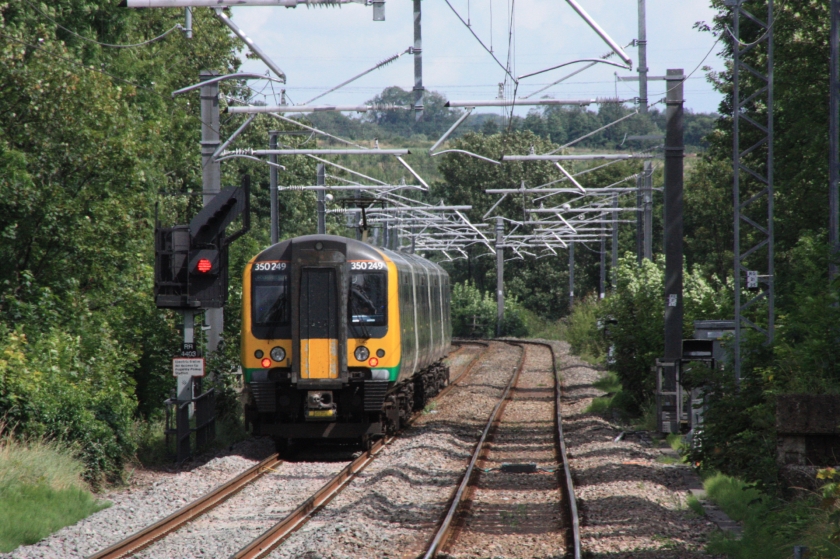

You must be logged in to post a comment.